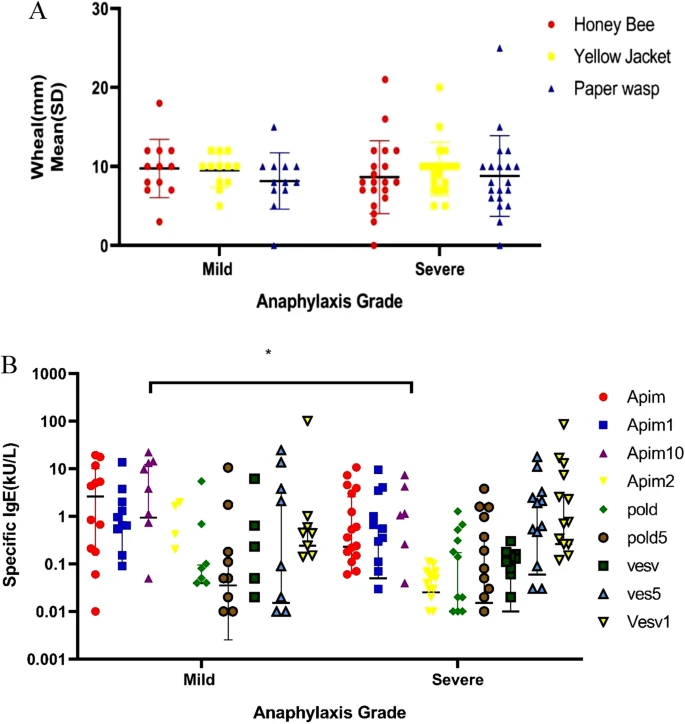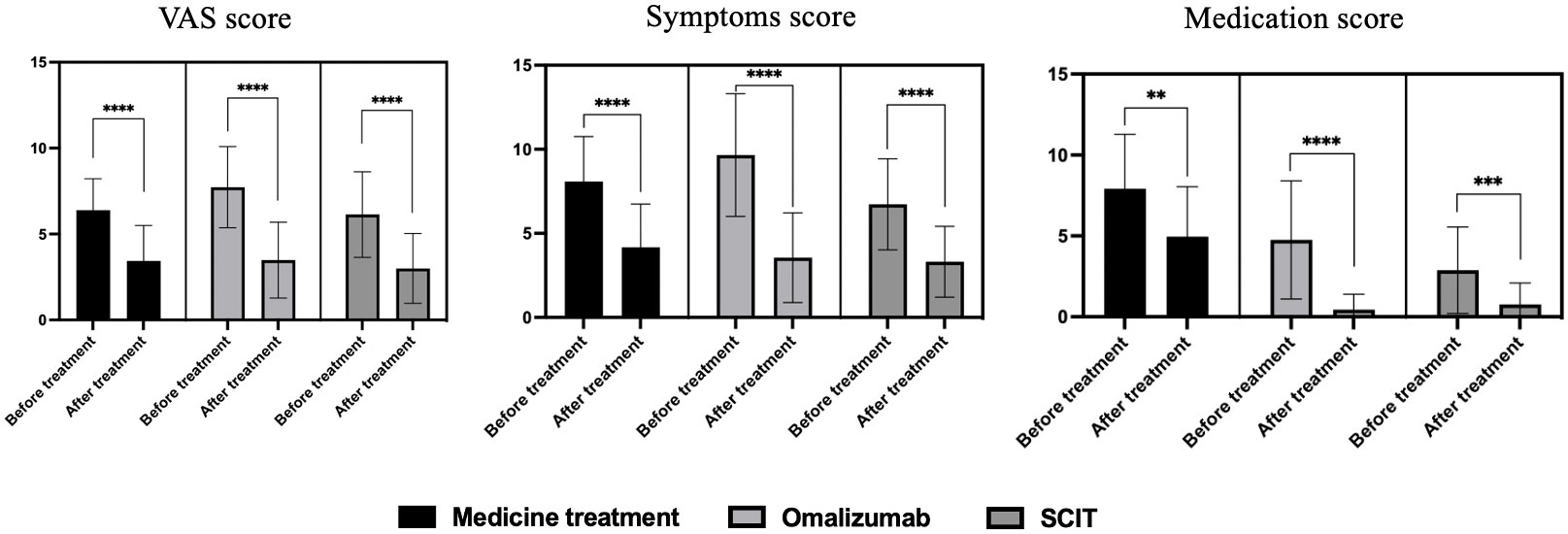Research - Open access
Thomas B Casale, Thomas Corbridge, Guillaume Germain, François Laliberté, Sean D MacKnight, Julien Boudreau, Mei S Duh & Arijita Deb. Allergy, Asthma & Clinical Immunology volume 20, Article number: 25 (2024)
Abstract
Background
Systemic corticosteroid (SCS) use remains widespread among patients with severe asthma, despite associated complications.
Objective
Evaluate the association between cumulative SCS exposure and SCS-related complications in severe asthma.
Methods
This retrospective, longitudinal study used claims data from the Optum Clinformatics Data Mart database (GSK ID: 214469). Eligible patients (≥ 12 years old) had an asthma diagnosis and were divided into two cohorts: SCS use and non/burst-SCS use. Patients in the SCS use cohort had a claim for a daily prednisone-equivalent dose ≥ 5 mg SCS following ≥ 6 months of continuous SCS use; those in the non/burst-SCS cohort had no evidence of continuous SCS use and had a non-SCS controller/rescue medication initiation claim. For each cohort, the date of the qualifying claim was the index date. SCS users were further stratified by SCS use during each quarter of follow-up: low (≤ 6 mg/day), medium (> 6–12 mg/day), high (> 12 mg/day), and continuous high (≥ 20 mg/day for 90 days).












